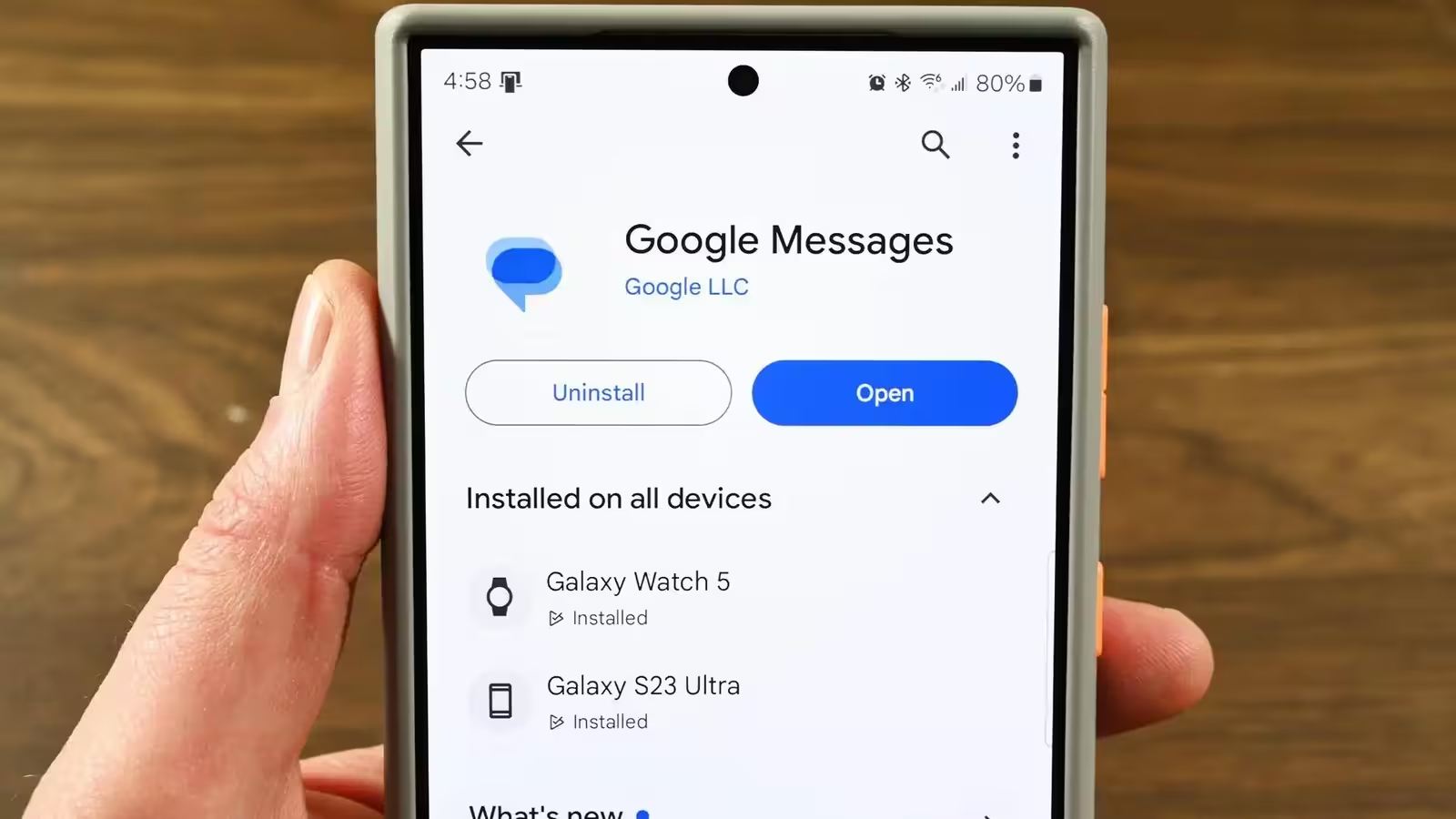3 Minutes
Google Messages Retracts Convenient Unsubscribe Feature in the US and Spain
In a move that has left many users and businesses taking notice, Google Messages has started rolling back its recently launched 'unsubscribe' button for RCS and SMS/MMS business chats in the United States and Spain. This update marks a significant change for those who rely on Google's messaging platform to manage communications from businesses, charities, and political campaigners.
Background: Tackling Automated Text Message Overload
Every day, millions of automated text messages—including promotions, alerts, and updates—flood users' inboxes. While these serve as valuable notifications for some, many recipients consider them to be digital noise. Recognizing the inconvenience, Google had introduced an intuitive unsubscribe button in April 2024 within Google Messages, aiming to help users effortlessly opt out of unwanted texts.
The unsubscribe button appeared as a prompt at the bottom of relevant business chats, offering users a quick way to stop future messages with minimal effort. Instead of manually replying 'STOP', which not all users realize is an option, tapping the button triggered a confirmation dialog and allowed the app to send the opt-out message to the sender on the user’s behalf. By making unsubscription transparent and easily accessible, Google improved overall user experience and digital privacy.
Feature Details and User Experience
Google’s unsubscribe feature stood out for its simplicity: it minimized friction, enhanced user control, and brought higher visibility to message opt-out commands. Compared to prior methods, having a persistent in-chat button dramatically increased awareness, allowing users to efficiently manage unwanted messaging and potential spam from businesses.
However, in its short time since launch, the feature proved controversial. While users praised the ease of unsubscribing, some organizations reportedly experienced a sudden spike in opt-outs, potentially prompting concerns from marketers and enterprise users who depend heavily on bulk text communications.
Scope and Limitations of the Rollback
Google confirmed that, starting with version 20250518.01 of Google Messages, the unsubscribe button will no longer be available at the bottom of chats with businesses using RCS in both the US and Spain. For US users, the option is also being removed from SMS/MMS chats sent via business short codes, though it will still exist in the context menu for now. In contrast, Spanish users will see the unsubscribe option disappear from both chat locations entirely, including the context menu.
The timing and location-specific nature of this rollback—while the feature remains accessible in Brazil, France, Germany, India, Mexico, and the UK—suggests it was not due to a technical issue. Instead, industry analysts speculate that user feedback or business pushback may have influenced Google’s decision. Some users had inadvertently unsubscribed from important alerts, while businesses potentially faced the loss of vital reach to their audiences.
Market Relevance and Outlook
Google’s decision highlights the fine balance platforms must maintain between user empowerment and the needs of enterprise clients. The unsubscribe button’s introduction was a notable step forward for digital privacy and user control over messaging noise. Its rollback in specific markets underscores the complex dynamics of digital communication, informed not only by technology but also by business interests and regulatory considerations.
As of now, users on older versions of Google Messages can still access the unsubscribe function, but it will disappear after updating. The move serves as a reminder for users to regularly check feature availability—and for businesses to stay alert to changes in messaging policies that could affect customer engagement and retention strategies.
With Google Messages at the center of modern communication, the evolution of its features remains crucial to both everyday users and the technology sector worldwide.
Source: androidauthority



Comments